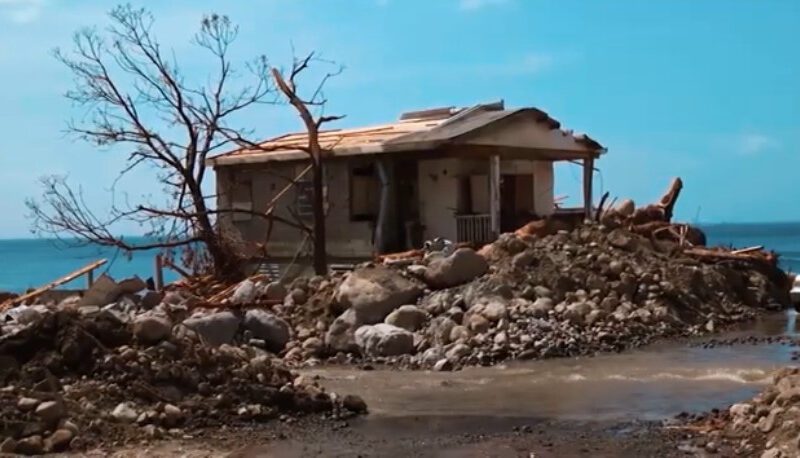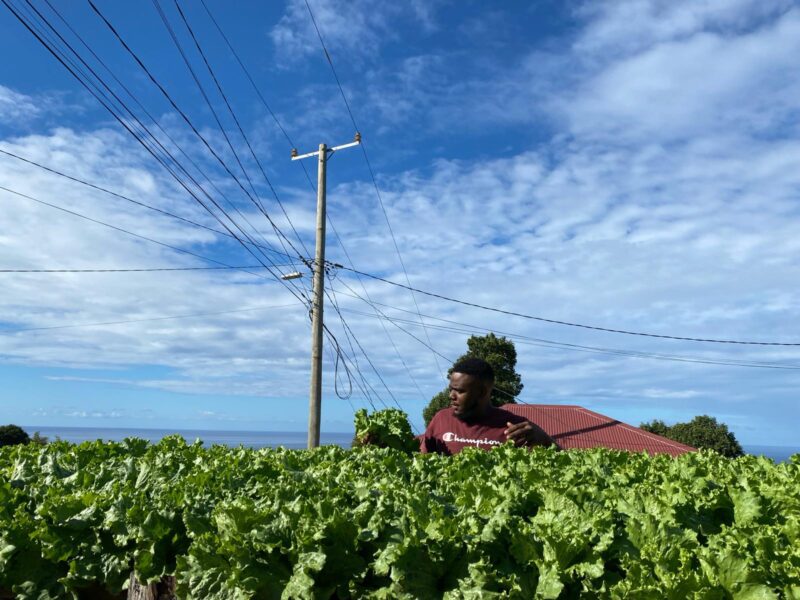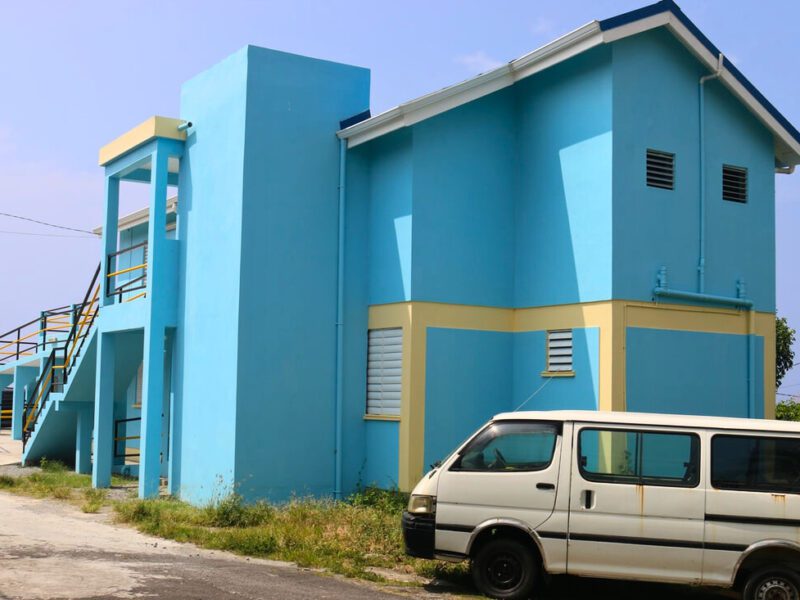The night of September 18, 2017, forever altered the development trajectory of the Commonwealth of Dominica. Hurricane Maria’s 160 mph winds decimated the island, stripping vegetation, flattening homes, and crippling infrastructure. The devastation was catastrophic: 31 lives lost, thousands homeless, and damages amounting to USD $1.3 billion dollars – over twice the nation’s GDP. Dominica’s government, under Prime Minister Roosevelt Skerrit, vowed to rebuild as the world’s first climate-resilient nation, creating the Climate Resilience Execution Agency for Dominica (CREAD) to lead this ambitious mission. This documentary looks at the first few days of having been on the ground after Maria hit and now – seven years later – to find stories of resilience amidst ongoing challenges.
Dominica
Dominica Confronts Food Challenges Post Maria
|
After the devastation Hurricane Maria left behind on Dominica and the ensuing food shortages, officials and residents pledged not only to restore the island’s agricultural system but also to make it more self-reliant.
But since 2017 food imports have soared. The Eastern Caribbean Central Bank (ECCB) in its data report showed that over the last six years since the storm, Dominica has imported more food in each of those years. In 2017, the country imported US$40 million worth of food, since then the number has ballooned to US$56 million – with meat, cereals, fruits and vegetables accounting for a large percentage of the bill. https://youtu.be/Xz96xHNu39M
Erica Burnett Biscombe speaking on wanting to give up (Video by Laila Langford)
Hurricane Maria damaged or destroyed much of the agricultural infrastructure, including buildings, animal husbandry facilities, agricultural roads and croplands. In a preliminary report by the government of Dominica, the agriculture sector reported US$ 179.6M (EC$ 485M) in loss and damage, impacting all aspects of agricultural production from crops, infrastructure, equipment to croplands.
“Livestock damage includes 45 percent of cattle, 65 percent pigs and over 90 percent chickens with an estimated value of EC$ 8.68M (US$3.21M),” the government reported.
The Impact Of Climate Change On The Disabled Communities' Health In Dominica
|
Globally, about 1.3 billion people are living with disabilities. According to the World Health Organisation (WHO), this represents 16% of the world’s population, or 1 in 6 of us.
In many countries, people with disabilities (PWDs) are mainly seen as members of a vulnerable community, and their skills or abilities are often sidelined or overlooked by the wider society.
On the Caribbean island of Dominica, the same is true. Although some NGOs and human rights advocates continue to raise awareness regarding the plight and achievement of people with disabilities, civil society and the central government are not doing enough to bolster the community toward sustainability and inclusion. CIJN has identified some of the main challenges affecting the disabled community in Dominica. It is clear that after the passage of Tropical Storm Erika in 2015 & Hurricane Maria in 2017, people with disabilities were exposed to more significant risks of noncommunicable diseases, severe physical injury, anxiety disorders, amplified respiratory conditions, infectious diseases, lack of access to medical care and medication and in some cases, even malnutrition.





